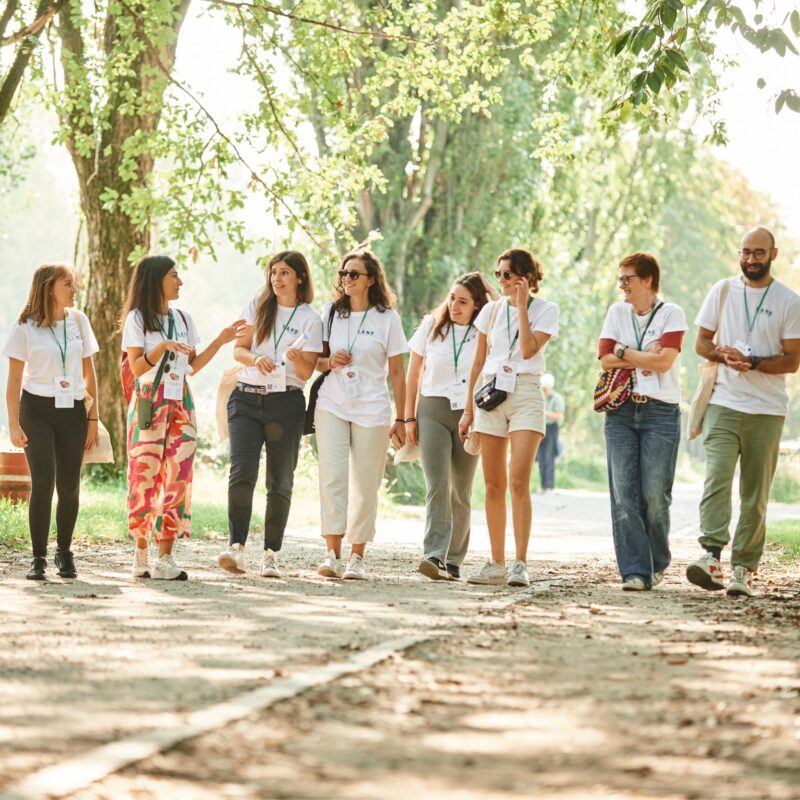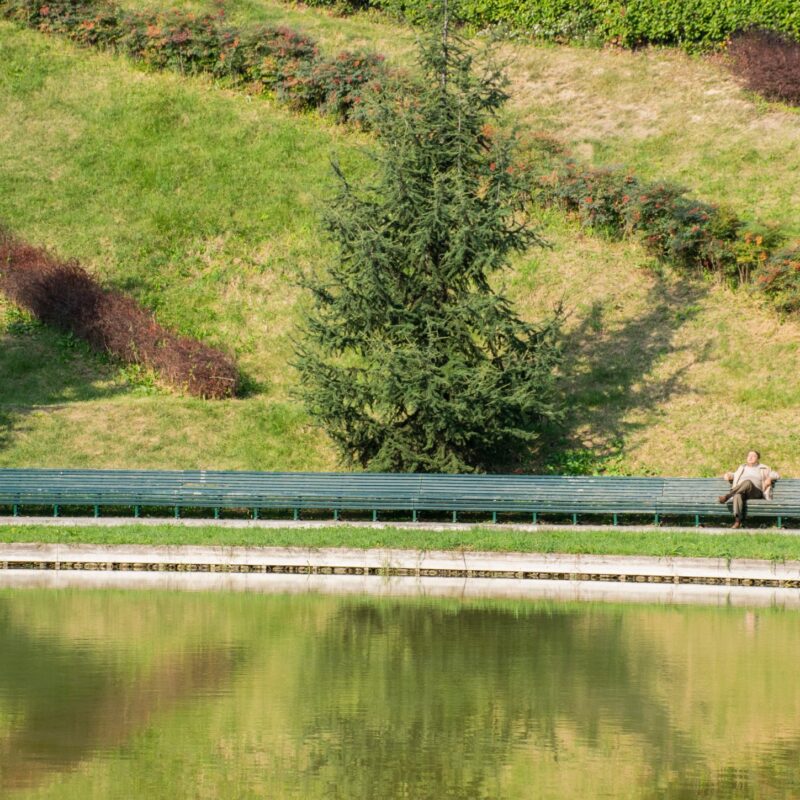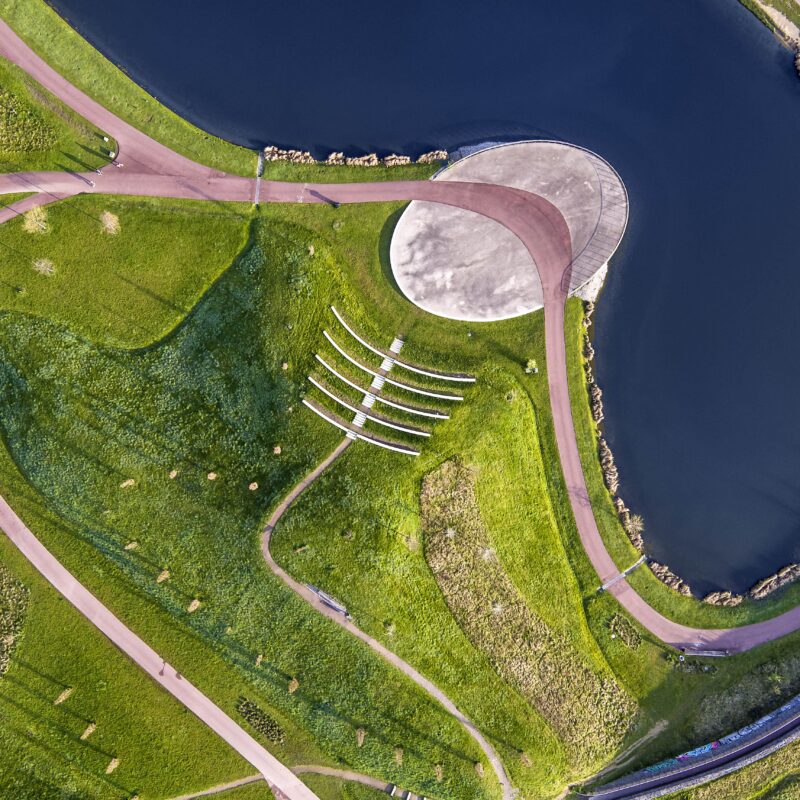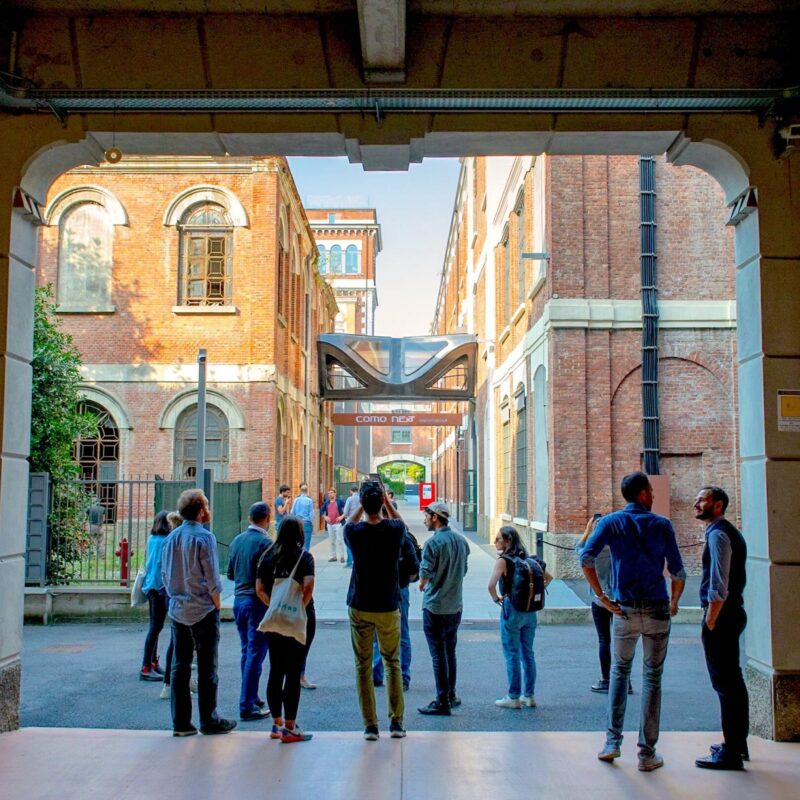
Newsletter #9: The Olympic Spirit, Well-being and Public Space
As we are nearing the end of the Paris 2024 Olympics, it's essential to recognise how sports and green spaces intertwine to promote well-being. Mega-events like the Olympics can catalyse positive trends, encouraging people to move more and live healthier lifes.
The Olympic Spirit
The Olympic Games have a rich history that dates back to ancient Greece, where they were held in Olympia from 776 BCE to 393 CE. These games, centred around physical excellence, honour, and religious worship, emphasised the development of body, mind, and spirit. The modern Olympic movement, revived in 1896 by Pierre de Coubertin, sought to reconnect with these ancient values while promoting peace, international understanding, and the harmonious development of individuals. De Coubertin envisioned the Games as a means to foster global unity and physical fitness amid the increasing urbanisation and industrialisation of the late 19th century, leading many to a more sedentary lifestyle as work became more mechanised and less physically demanding. His ideals were encapsulated in the Olympic motto: “Citius, Altius, Fortius” (Faster, Higher, Stronger), aiming to inspire athletes to push beyond their limits.

The need to create a new stadium for Lugano to replace an obsolete and inadequate structure in terms of safety and the development of the sports sector in which Lugano excels resulted in the creation of the Parco dello Sport, “Al Maglio” near the Cassarate River.
The Placemaking
Slightly changing Nelson Mandela’s quote, “Sport has the power to transform the world,“ we all agree that sport, at least, can transform cities. Since the first Olympic Games in 1896, host cities have leveraged the event to showcase their image and embark on significant infrastructure developments or new urban planning initiatives. We see that the Olympic Games have significantly contributed to placemaking and urban regeneration, fostering greener cities by integrating sustainable practices.
The Munich 1972 Olympics transformed a former airfield into the iconic Olympiapark. The project by the architects Behnisch & Partner was closely orientated towards the requested guiding principles of the bid “Olympic Games in the Green and of Short Distances“. “Short distances” were to be understood in the sense of the proximity of the sports facilities to the city and a spatial concentration in one place, “in the Green” with a focus on a park-like character and later use. All those involved agreed that the function as a post-Olympic sports and leisure park had to be given greater weighting in the planning than the Olympic use – without the term “sustainability” being used. Prof. Günther Grizmek, in charge of the landscape design, advocated the concept of a dialectic of city and landscape, which envisaged permeating the urban city with contiguous green and open spaces and integrating landscape into the city to counteract the increasing problem of urbanisation.
The successful bid to host 1992 Barcelona Olympics sparked an ambitious urban transformation program in Barcelona. This included creating and refurbishing sporting venues, improving transport infrastructure with new and upgraded rail stations, roads, and an expanded airport, and developing new urban quarters. Notably, the city created or revamped 150 public squares and spaces. Between 1980 and 1984, Barcelona removed the old industrial area along the seafront, replacing it with a 3-5 km beach and promenade. At the same time, the city undertook major repairs and additions to its cultural institutions. The port was extended, Barceloneta was regenerated, and a new cruise terminal was constructed. The city built or renovated sports and arts venues in the outer suburbs and surrounding regions. By 1996, these efforts had positioned Barcelona as one of Europe’s top tourist destinations. Of course, we all know that the city is now struggling with over-tourism, but this wasn’t foreseeable at the time.

Ex-Trotto: The landscape design for the urban regeneration of the former Trotting Hippodrome area in San Siro
The 2008 Beijing Olympics significantly made the city more livable by enhancing its urban infrastructure and promoting sports and fitness facilities. Beijing invested over $40 billion in infrastructure, with $26 billion allocated explicitly to transportation, including the subway system’s expansion. This expansion facilitated easier and more efficient movement within the city, improving accessibility and reducing traffic congestion. Additionally, the Olympics spurred the development of numerous new sports facilities, including 17 new gymnasiums, providing residents with more physical activity and recreation opportunities. This focus on sports infrastructure aimed to address the well-being of the city’s ageing population by encouraging a healthier lifestyle through increased accessibility to fitness amenities.
Paris is pioneering in combining urban living with well-being, mainly through the transformative impact of the 2024 Olympic Games. A key highlight of this approach is the innovative integration of sports venues within the urban fabric, bringing the games directly to the public and making them more accessible than ever before. A striking example is the plan to hold swimming events in the Seine River, an initiative that would have been unimaginable just five years ago. This revitalises the river and enhances its role as a green lung for the city. Mayor Anne Hidalgo has been instrumental in this transformation, leveraging the Olympic Games as a catalyst to unite people worldwide through sports and nature. Her vision has facilitated the development of numerous green spaces and public amenities, promoting an active lifestyle and community well-being. The Olympic Games have always mirrored social changes, making each event reflect its time. The Paris 2024 Olympics epitomize this trend by embracing bold, innovative decisions integrating sustainability with urban development. By choosing to hold the opening ceremony on the Seine, host the triathlon in the river, and construct the Olympic Village with sustainable practices, Paris aligns with the ideals of the Olympic spirit. These decisions are not just about sports; they represent a commitment to transformative urban planning that enhances the city’s livability and resilience. The games in Paris demonstrate how large-scale events can drive sustainable urban development, making the city a model for future host cities.
Well-being
According to the World Health Organization (WHO), regular physical activity helps to reduce the risk of cardiovascular diseases, diabetes, and some cancers, as well as contributing to mental health by reducing depression and anxiety. On the urban level, the ‘Healthy Cities’ Network, promoted by the WHO in Europe, places the health of citizens at the forefront of local government actions. Health is defined as a general state of physical, social, and mental well-being. The primary objectives of this initiative are to promote projects that alter urban lifestyles to enhance citizens’ health through green spaces, urban walking, and cycling paths.
For me, “spazieren gehen” is essential to reconnecting to nature and regenerating myself, and I recommend walking daily. It’s more than physical movement; it helps clear my thoughts.
Even without the Olympics, there are outstanding examples that show the importance of sport facilities in offering new and green spaces where citizens can strive. The Kingdom of Saudi Arabia‘s transformative approach to urban development translates into a commitment to regenerating vacant urban spaces by rediscovering their identity and vocation, aligning with the Quality of Life Program outlined in Saudi Vision 2030. Focusing on government efficiency, economic growth, and citizen well-being, the Royal Commission for Riyadh City | الهيئة الملكية لمدينة الرياض has launched the Green Riyadh Program to create vibrant, sustainable urban spaces for residents and visitors alike. By providing more opportunities for physical activity and recreation, the program aims to improve the overall health and wellness of the population by offering a biodiverse and appealing environment. I had the chance to present our project for Al-Urubah in Riyadh to you earlier this year. Here, we adapt precisely this approach.

Ringpromenade in Bozen will extend over 30 km and connect the promenades and hiking trails along Bolzano’s slopes. This extensive network promotes outdoor activities, providing residents and visitors with enhanced opportunities for walking, hiking, and enjoying nature. By integrating various paths and trails, the Ringpromenade will create a continuous loop around the city, encouraging physical activity and offering scenic routes for exercise and leisure. This initiative highlights the importance of sports and outdoor activities in promoting a healthy lifestyle and improving the community’s well-being.
With the right ideas translated into innovative planning, sports can enter our daily routine in an easy, accessible and inclusive way. We can swim in the Ruhr, the Rhine, the Neckar and hike along the slopes of the hills and mountains near to the places we live, if we are able to connect them to the existing fabric and infrastructures. This takes us back to the Olympic Spirit, fostering a sense of community and inclusivity, values essential in the design of public spaces, and promoting social cohesion and well-being.
I wish you and your loved ones a pleasant and relaxing summer with plenty of possibilities to enjoy the landscapes all around you.

Route der Industriekultur: The Route of Industrial Heritage in the Ruhr region reconnects people with their local history and environment by transforming former industrial sites into engaging cultural and recreational spaces. This network encourages physical activities such as cycling and walking, fostering a deeper connection with the landscape and promoting a healthier, active lifestyle.









